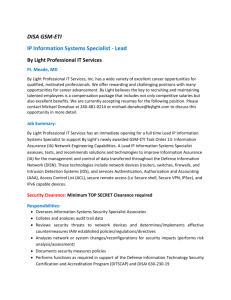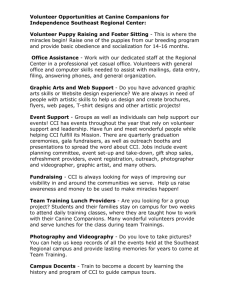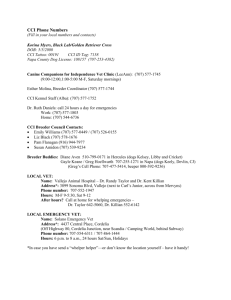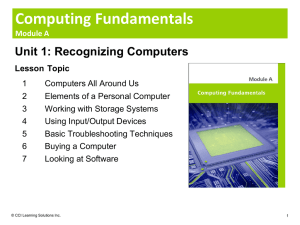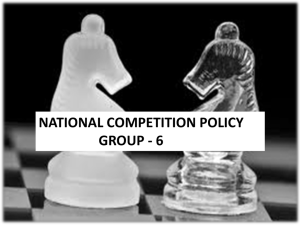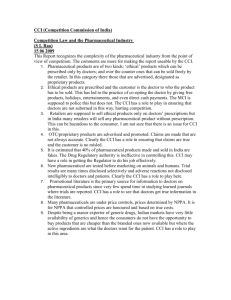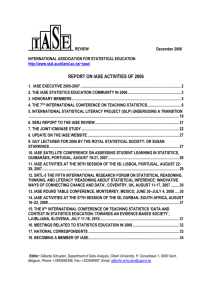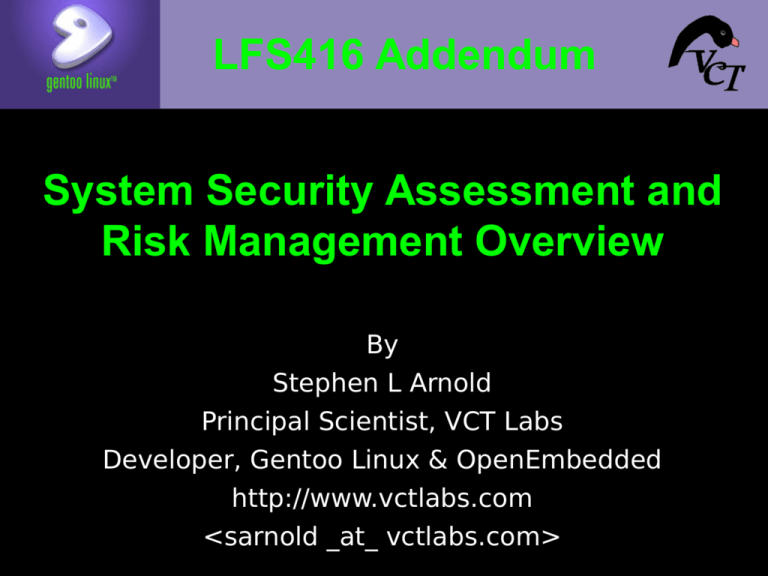
LFS416 Addendum
System Security Assessment and
Risk Management Overview
By
Stephen L Arnold
Principal Scientist, VCT Labs
Developer, Gentoo Linux & OpenEmbedded
http://www.vctlabs.com
<sarnold _at_ vctlabs.com>
What is all this about?
Where do you go for credible cybersecurity information?
● Vendors? Upstream docs? ISC2?
● ACM? IEEE?
● NIST? NSA? DoD?
Previous requirements and implementation guidance was
scattered, duplicative, overlapping, conflicting...
Several factors have led to converge in all sectors, ie, federal
govt, commercial, open source.
Current cybersecurity guidance is much more unified, standardsbased, and integrated to fit within a modern risk management
framework.
So where do we go?
A great place to get started is the Information Assurance
Support Environment site, “your one-stop shop for cybersecurity
information”:
● http://iase.disa.mil/index2.html
Help page, FAQs, acronym list, more:
● http://iase.disa.mil/help/index.html
Contains information and guidance documents, training
materials, and guides/tools for everything from requirements to
technical implementation to risk management and operations.
Risk Management
Framework
Date: Mar 28, 2014 New - “Cybersecurity Guidance for DoD! - The new
cybersecurity overarching guidance for DoD has been published.
Included are two new DoD instructions”:
DoDI 8500.01, "Cybersecurity," replacing previous information assurance
(IA) guidance.
●
http://www.dtic.mil/whs/directives/corres/pdf/850001_2014.pdf
DoDI 8510.01, "Risk Management Framework (RMF) for DoD Information
Technology (IT)," replacing the previous DIACAP guidance with an
assessment and authorization (A&A) process.
●
http://www.dtic.mil/whs/directives/corres/pdf/851001_2014.pdf
RMF Training Video Presentation: Cybersecurity and Risk Management
Framework Implementation - Date: May 8, 2014
●
http://iase.disa.mil/rmf/videos/rmf_v3.wmv
RMF Training Slide Presentations: Cybersecurity and the Risk
Management Framework - Date: April 4, 2014
●
http://iase.disa.mil/rmf/01_RMF_for_DoD_IT_v3.pptx
Risk Management Framework Implementation - Date: April 4, 2014
●
http://iase.disa.mil/rmf/02_RMF_for_DoD_IT_Implementation_v4.pptx
Security Requirements
Guides
Security Requirements Guides (SRGs)
● http://iase.disa.mil/srgs/index.html
Security Requirement Guide (SRG) - “A compilation of Control
Correlation Identifiers (CCIs) grouped into more applicable,
specific technology areas at various levels of technology and
product specificity. An SRG provides DoD specificity to CCI
requirements (organizationally defined parameters). An SRG is
used by DISA FSO and vendor guide developers to build Security
Technical Implementation Guides (STIGs). There are basically
two types of SRGs. The first group are the four CORE SRGs
which deal with Applications, Networking Devices, Operating
Systems, and Policy. The second group are the Technology
specific SRGs. A Technology specific SRG is a child of a CORE
SRG. For example, the Database SRG was derived from the
requirements in the Application SRG.”
SRGs - Current List
Security Requirements Guides
● http://iase.disa.mil/srgs/u_updated_srg_tim_overview.ppt
Application Server SRG
Database Security Requirements Guide (SRG)
Domain Name System (DNS) SRG
Firewall SRG
Intrusion Detection and Prevention System SRG
Mobile Applications SRG
Mobile Application Store SRG
Mobile Policy SRG
Network Device Management SRG (Draft)
Router SRG (Draft)
UNIX OS SRG
Web Server SRG
Control Correlation
Identifier (CCI)
Control Correlation Identifier (CCI)
● http://iase.disa.mil/cci/index.html
“The Control Correlation Identifier (CCI) provides a standard
identifier and description for each of the singular, actionable
statements that comprise an IA control or IA best practice. CCI
bridges the gap between high-level policy expressions and lowlevel technical implementations. CCI allows a security
requirement that is expressed in a high-level policy framework
to be decomposed and explicitly associated with the low-level
security setting(s) that must be assessed to determine
compliance with the objectives of that specific security control.
This ability to trace security requirements from their origin
(e.g., regulations, IA frameworks) to their low-level
implementation allows organizations to readily demonstrate
compliance to multiple IA compliance frameworks. CCI also
provides a means to objectively rollup and compare related
compliance assessment results across disparate technologies.”
CCI List (draft)
A draft version of the CCI List conforming to CCI version 2 is
now available, containing CCIs derived from NIST SP 800-53.
● http://iase.disa.mil/cci/u_cci_list.zip
● http://iase.disa.mil/cci/u_draft_cci_specification_v2r0.2.zip
● http://iase.disa.mil/cci/u_cci_process_v1r0.1.pdf
● http://iase.disa.mil/cci/u_cci_comment_matrix.xls
Security Technical
Implementation Guides (STIGs)
Security Technical Implementation Guides
● http://iase.disa.mil/stigs/index.html
“The Security Technical Implementation Guides (STIGs) and
the NSA Guides are the configuration standards for DoD IA
and IA-enabled devices/systems. Since 1998, DISA Field
Security Operations (FSO) has played a critical role
enhancing the security posture of DoD's security systems
by providing the Security Technical Implementation Guides
(STIGs). The STIGs contain technical guidance to "lock
down" information systems/software that might otherwise
be vulnerable to a malicious computer attack.”
STIG Documents
STIG Viewing Guide Quick Ref
● http://iase.disa.mil/stigs/downloads/pdf/u_stig_viewer_quick
_reference_guide_v1.0.1.pdf
STIGs Master List (A to Z)
●
http://iase.disa.mil/stigs/a-z.html
Automate everything:
Security Content Automation Protocol (SCAP)
Content and Tools. Various SCAP benchmarks are
available, but specific SCAP content is *PKI only
● http://iase.disa.mil/stigs/scap/index.html
Questions?
• Where next?
• Assess your infrastructure
• Understanding your architecture is key
• Classify business/mission-critical systems
• Categorize data sensitivity
• Define your system environment
• Map requirements to controls
• Implement & Test
• Monitor operations, Collect & Analyze data
• Feedback lessons learned, Reassess risk
• Integrate RMF with procurement / project
management guidance and operations
This work is an original work by Stephen Arnold
<sarnold@vctlabs.com>
<http://www.vctlabs.com>
Portions copyright 2014 Stephen L Arnold. Some rights reserved.
The Gentoo Linux logo is Copyright 2006 Gentoo Foundation, used
with permission.
This work is licensed under the Creative Commons AttributionNonCommercial-ShareAlike License. To view a copy of this license,
visit <http://creativecommons.org/licenses/by-nc-sa/1.0> or send a
letter to Creative Commons, 559 Nathan Abbott Way, Stanford,
California 94305, USA.
Please contact Stephen Arnold <sarnold@vctlabs.com>
for commercial uses of this work.

